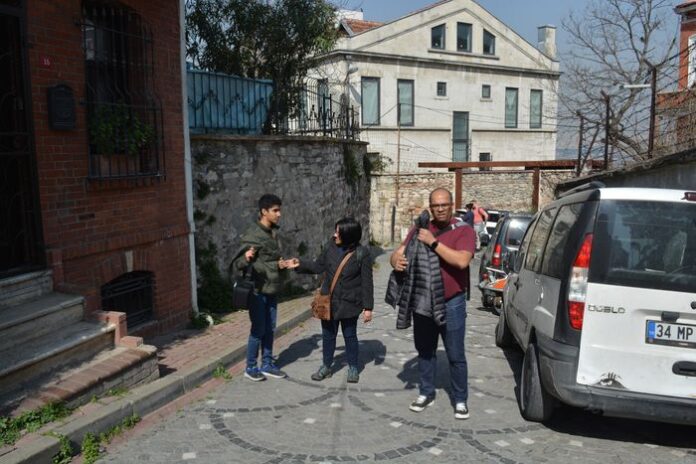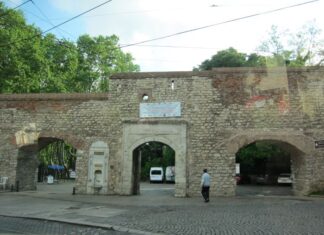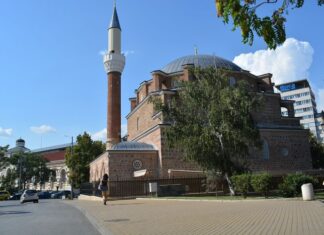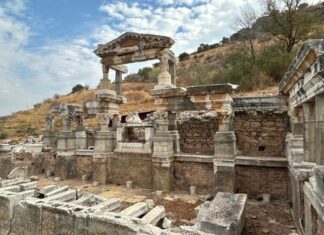Discover History with Guided Tours Istanbul Chora Museum
If you love art, history, and architecture, Guided Tours Istanbul Chora Museum will give you an unforgettable experience. This special site in Istanbul is one of the city’s most beautiful and meaningful places. The Chora Museum, also known as Kariye Mosque or Church, shows the deep mix of cultures that shaped Istanbul for centuries.
What Is the Chora Museum?
The Chora Museum stands in the Edirnekapı district of Istanbul, near the old city walls. Its history goes back to the early Byzantine era, around the 4th century. Originally built as a monastery church, it was later expanded and decorated during the 11th and 14th centuries Customized Private Istanbul Tours.
Inside, visitors find stunning mosaics and frescoes that tell stories from the Bible and the life of Christ. The golden details and vivid colors make this site one of the best examples of Byzantine art in the world. Every wall and dome reflects the beauty and spirituality of a long-lost era.
Why Join Guided Tours Istanbul Chora Museum?
Visiting Chora with a professional guide helps you understand more than just what you see. With Guided tours Istanbul Chora Museum, you get detailed stories about its art, history, and restoration.
A knowledgeable guide explains the meanings behind the mosaics and how artists created them. You’ll learn how this church survived wars, earthquakes, and changes in religion over hundreds of years. Without a guide, you might miss the deep symbolism hidden in each design.
Guided tours also make the visit more comfortable. You can skip the confusion of maps and schedules, and instead focus on enjoying the moment. Many tours also include transportation and visits to nearby landmarks such as the Theodosian Walls or the Fener and Balat districts.
A Journey Through Time
When you walk inside the Chora Museum, you step into the heart of Byzantine Istanbul. The tour shows how the city changed from a Christian center to an Ottoman capital and finally to a modern metropolis.
Your guide may also tell you how the building was turned into a mosque after 1453 and later restored as a museum in the 20th century. Today, it stands as a living example of Istanbul’s layered history.
Experience the Magic of Chora
Joining Guided tours Istanbul Chora Museum is not just a sightseeing activity — it is a journey through time. You will see how art, religion, and culture blend into one breathtaking masterpiece.
If you want to feel the spirit of ancient Constantinople, this guided experience will bring history to life before your eyes. Chora is more than a museum; it is a timeless story carved in stone and painted in gold.





